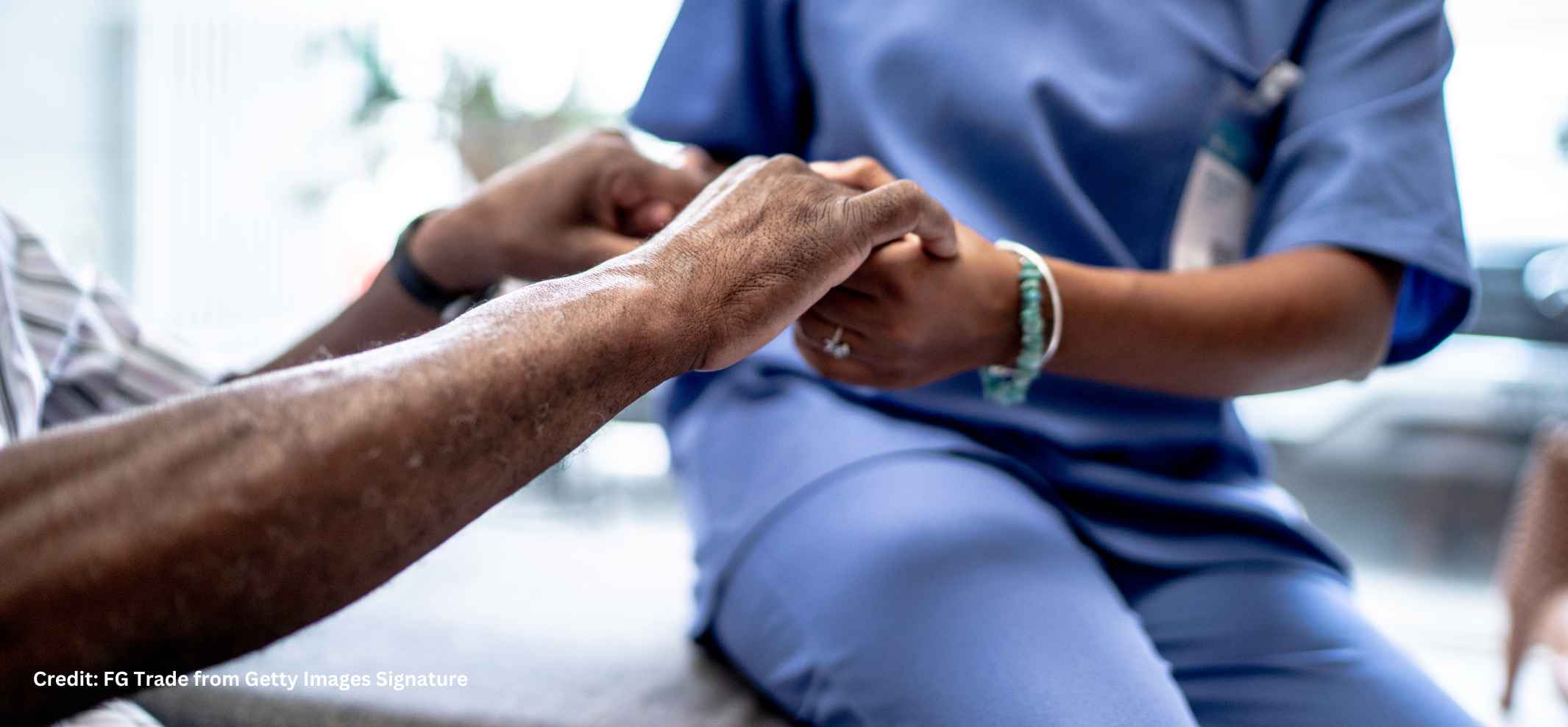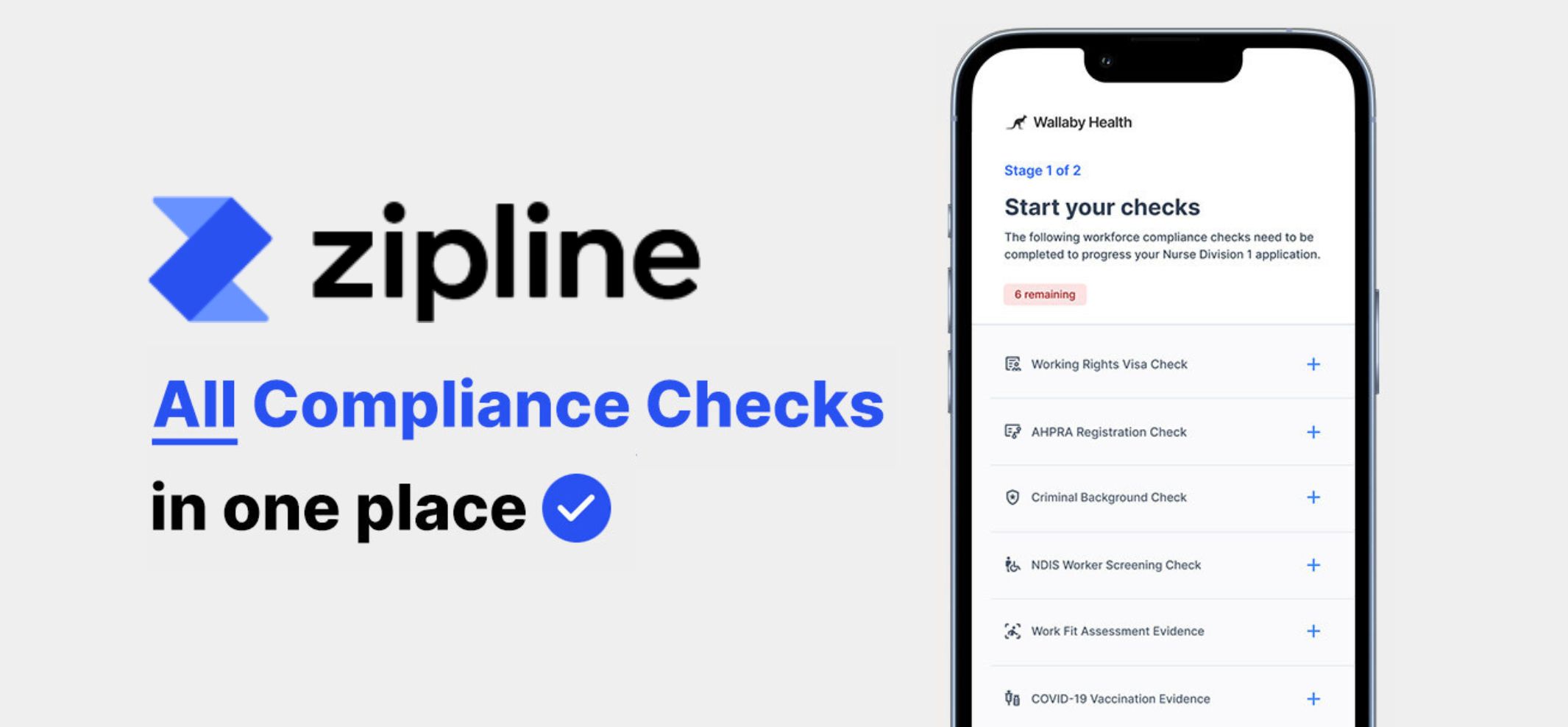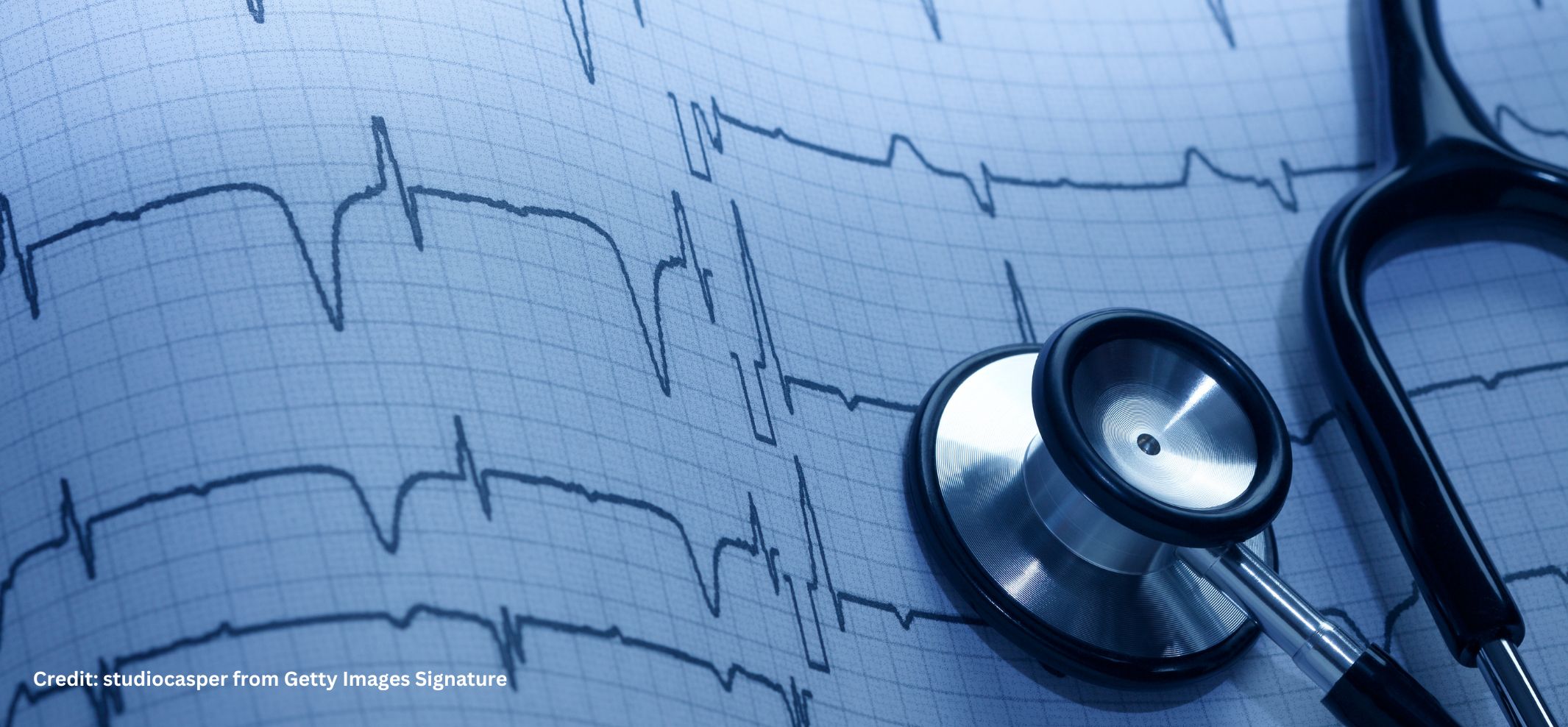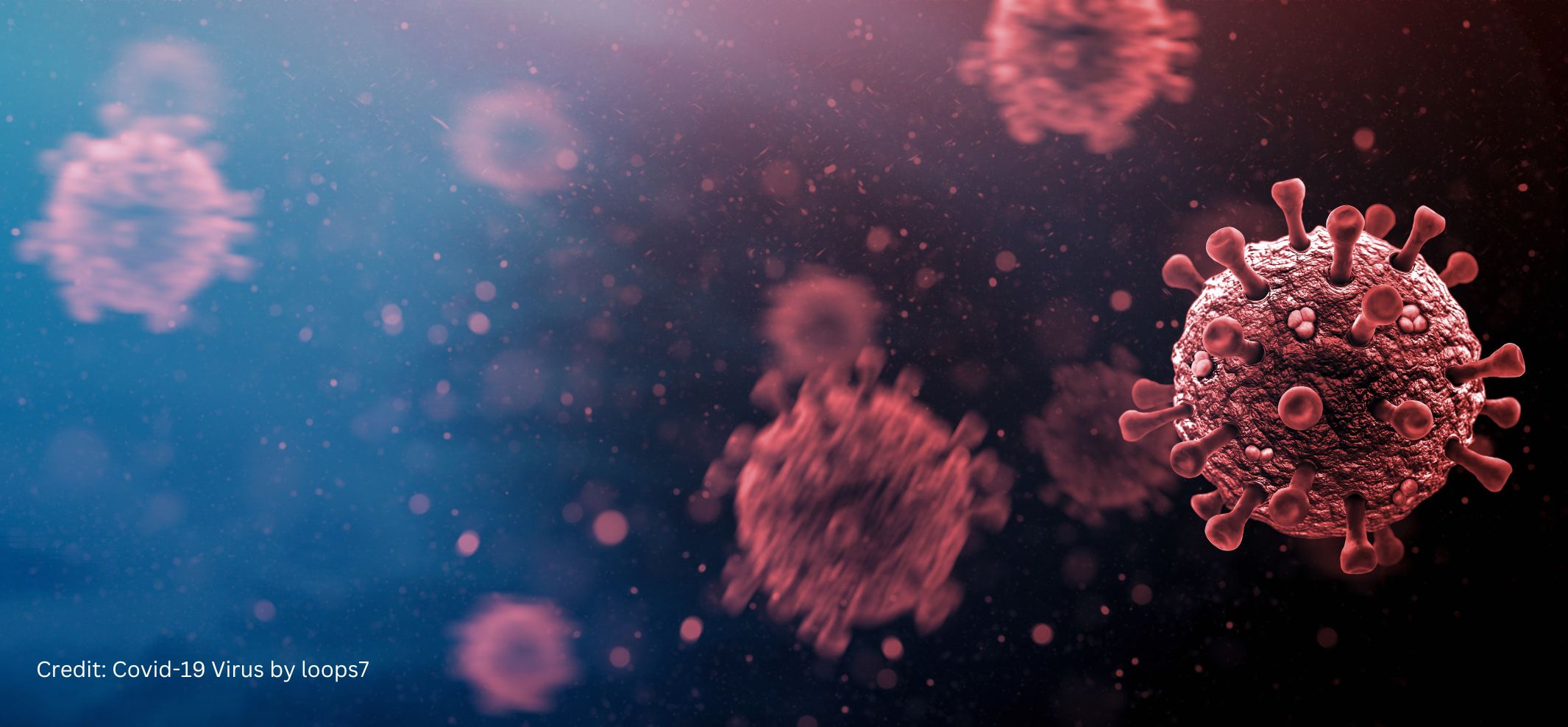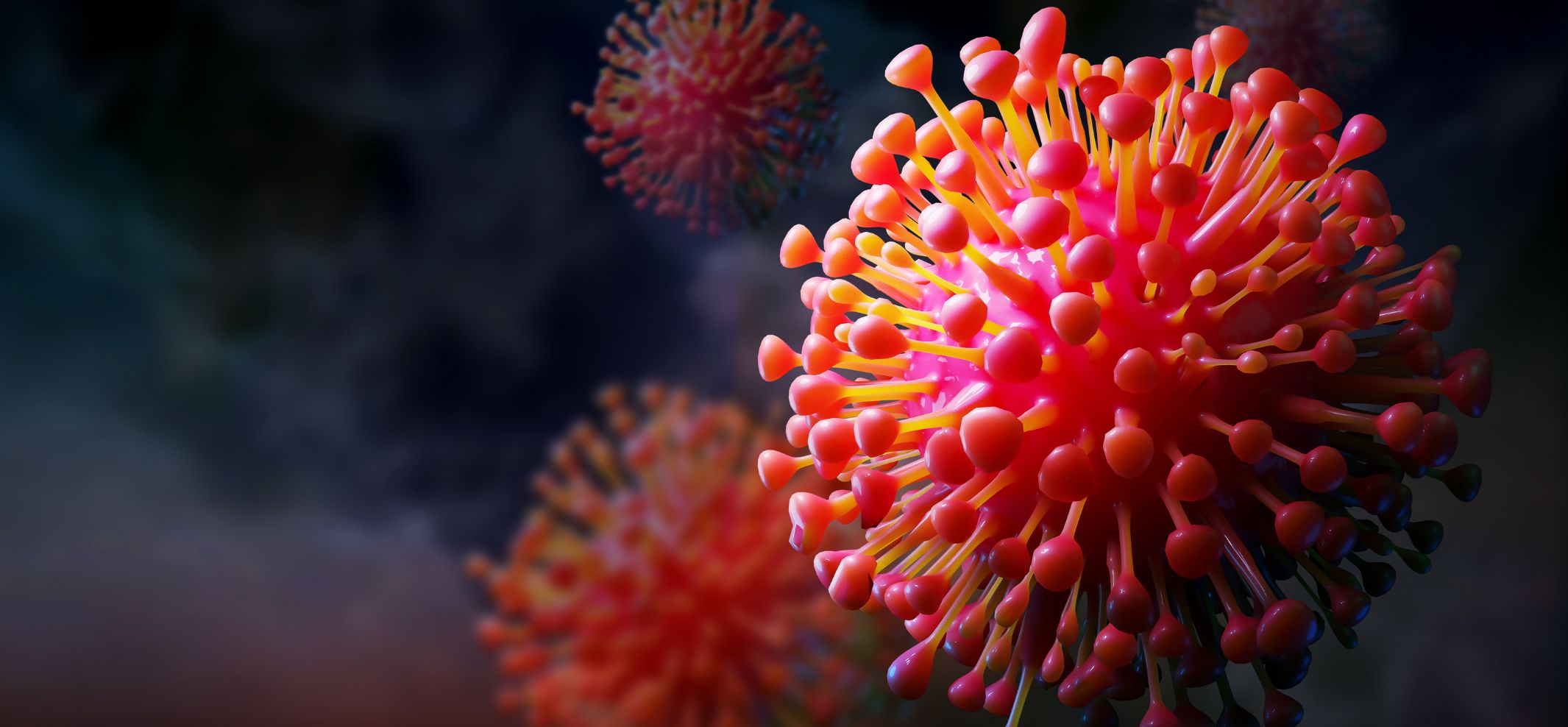The community is advised to be wary of their healthcare and look out for the signs and symptoms of rare but severe, invasive bacterial infections.
NSW Health is warning about the potential dangers of two rare but serious and potentially deadly bacterial infections, meningococcal disease (IMD) and invasive group A streptococcus (iGAS), which have seen an increase in cases in recent weeks.
An increase in cases of meningococcal disease (IMD) and invasive group A streptococcus (iGAS) has been seen in NSW and other states, with 36 cases of IMD and 137 cases of iGAS reported in NSW between September and December of 2022.
Executive Director of Health Protection NSW, Dr Richard Broome said it was important the community was aware while the infections are very rare, both can be very serious and can cause death or permanent disability.
“In their early stages, invasive bacterial infections including IMD or iGAS sometimes mimic symptoms of viral infections like COVID and influenza, and can also follow or occur at the same time as a viral infection,” Dr Broome said.
“Rapid intervention and effective treatment for invasive bacterial infections are available and can be lifesaving. We urge people to pay close attention to symptoms, trust their instincts, and seek urgent medical care if symptoms worsen or if they or the people they care for appear very unwell.
“While notification data on iGAS has only recently become available in NSW, the number of people unwell with the condition has clearly increased here and across the world,” Dr Broome said.
Indicators of serious illness include fever, a fast heart rate, cold hands and feet or a mottled look to the skin, difficulty waking or increased lethargy or confusion. The person looks unwell and may also have nausea, vomiting or abdominal pain.
Symptoms to look out for in young children that may indicate severe illness include irritability, difficulty waking, high-pitched crying, refusal to eat/feed, fewer or no wet nappies or decreased urination, cold or mottled limbs, and difficulty breathing.
People with meningococcal disease may experience severe headache, neck stiffness, dislike of bright lights, or unexplained joint or limb pain. A non-blanching rash of red-purple spots or bruises may also occur but often presents later in the illness. Do not wait for a rash to occur.
iGAS can cause different symptoms. As well as the signs of serious illness, they may have muscle aches and pains. If they have a bruise or a skin infection this may become red, warm or very painful, including pain beyond the area that is obviously affected.
People with iGAS may develop a red, warm, painful, and rapidly spreading skin infection which may have pus or ulceration. Children may present with a sunburn-like rash. The rash and skin changes are not always present so do not wait for a rash to seek care if the person is very unwell.
Lower abdominal pain, bleeding, or bad-smelling discharge from the vagina can be symptoms of serious infection in women who are pregnant or who have recently given birth.
Ritchelle is a Content Producer for Healthcare Channel, Australia’s premier resource of information for healthcare.
